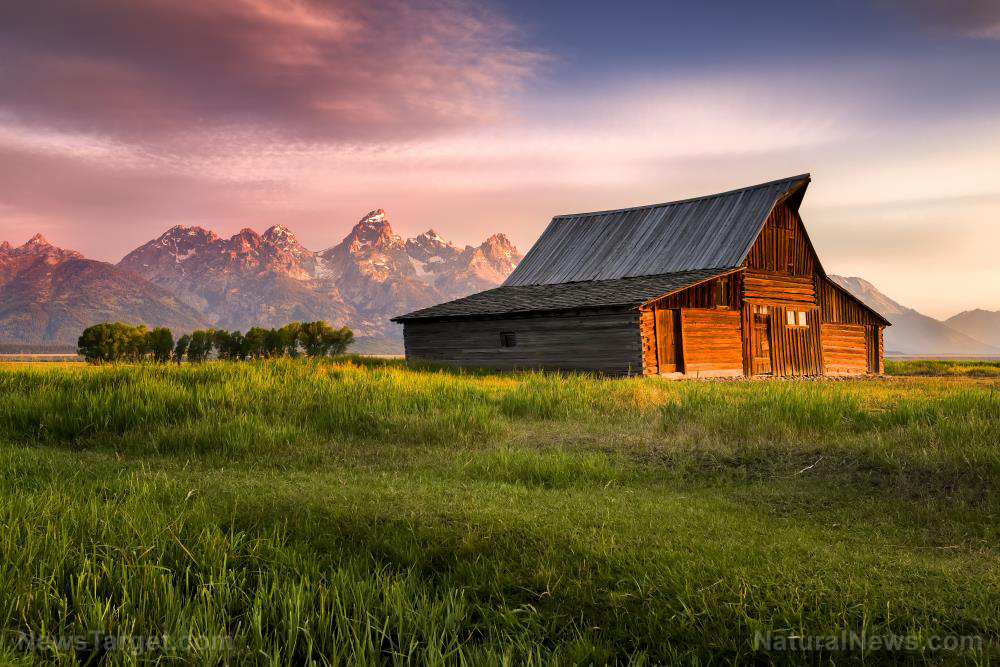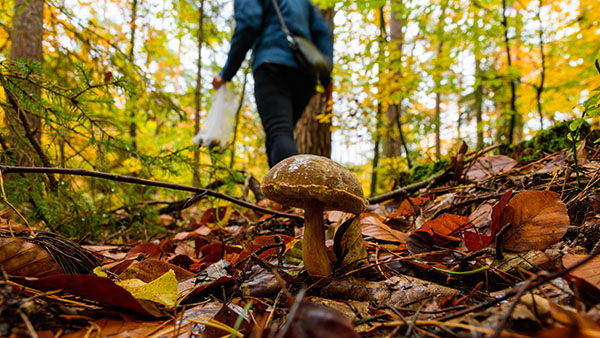
Large-scale staple crops
Some examples of large-scale staple crops include grains and plant-based sources of protein, carbohydrates, and healthy fats and oils. The idea is to have enough to consume directly while having excess crops to grow and produce more greens. Of course, growing and harvesting your own crops also requires you to have a fair bit of space in your yard, along with the proper gardening equipment. It might take some effort to grow your own crops, but it will be well worth your time and money in the long run when SHTF. (Related: Follow these tips to ensure the proper long-term storage of grains.)
Climate-specific produce
Some fruits and vegetables can't be planted all year round. There might even be some that can't be grown in your specific climate. What kind of veggies you should stockpile depends on where you live. If you are unable to grow any produce at all, it is generally a good idea to stock up on a wide variety of fruits and vegetables. These kinds of food items should be preserved so that you can enjoy them any time you want. Some preservation methods you can use for your produce include drying, canning, freezing, freeze-drying, pickling, and fermentation. You can even preserve food items by immersing them in salt, sugar, vinegar, alcohol, or olive oil.
Condiments
Condiments such as salt, sugar, and distilled vinegar are useful items in both a survival situation and in your everyday life. Not only can they add flavor to your meals, but they can also be used to preserve food due to their natural ability to inhibit the growth of bacteria. Salt and sugar can be used to create an emergency rehydration fluid to help you replenish your body's supply of electrolytes. You can also create an antiseptic sugardine paste to treat skin wounds by mixing table sugar with 10 percent povidone-iodine. In an emergency, you can sprinkle sugar directly over an open wound before covering it with a bandage. Salt can be used to create a saline solution that can clean wounds and flush out bacteria and other debris. Vinegar is a safe alternative to bleach and can be used to clean cutting boards, food preparation surfaces, and other kitchen equipment.
Cooking and heating fuels
Ideally, your fuel stockpile should exceed your food supply since you may need it to simply keep your home warm. You can then harvest more food from your edible garden and cook it using the leftover fuel. You should also stock up on multiple types of fuel with several backup methods planned for both cooking and heating. If wood is your primary source of fuel, then it is even more important to stock up on it in excess. If you don't have enough wood to use as fuel, you may be forced to burn raw wood, which can lead to unwanted fire hazards.
Having a sufficient prepping inventory is vital to your survival when SHTF. If you have more supplies than you intend to use, you can always barter them for other survival items and gear that you don't already have.
Sources include:
Please contact us for more information.























